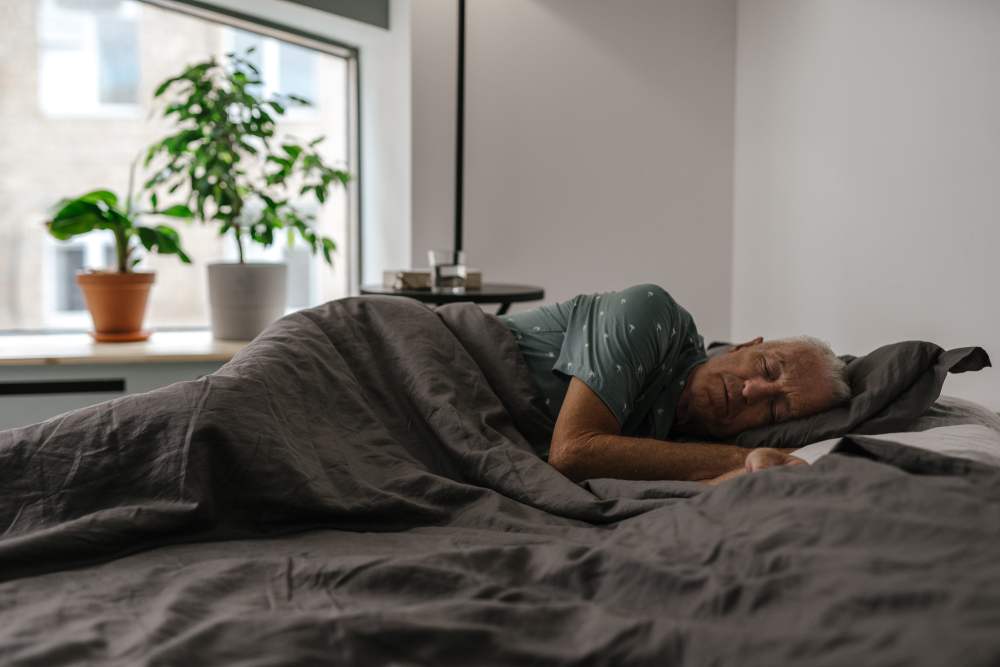
Many people will be surprised that this is a topic worthy of attention. People usually think that the most important thing is to assume a horizontal position, and then everything will happen by itself. We just go to bed without thinking for a second about what position we take in bed. But the truth is that sleeping positions are important and very important! Here's what they affect (and this is not an exhaustive list):
- blood flow to the brain;
- spinal stability;
- hormone production;
- the integrity of joints and ligaments;
- oxygen supply and breathing efficiency;
- muscular tissue function and repair;
- heart function and blood pressure;
- digestion and cellular metabolism.
If the position in which you fall asleep prevents your body from functioning and recovering properly, then no matter how long you sleep, you will feel shattered in the morning.
On your back.
There are many different positions for quality sleep, from "starfish" to "parachutist" to "soldier." Despite the variety, we tend to choose one favorite (well, or two). Many experts assure that the ideal is to sleep lying on your back. Sleeping on your back has many advantages since it's the most suitable position for your spine (unless you make some mistakes, which we'll talk about a little later). You're also less likely to be bothered by burping. Attention all beauty-conscious: sleeping on your back allows your facial skin to breathe, which reduces the likelihood of dermatological problems and the appearance of early wrinkles. The disadvantage of this posture is a greater likelihood of snoring.
Sleeping on your back is the most correct choice, although it may not be the most comfortable. This position is safe for the spine, but not if you make one of the following serious mistakes.
On your stomach.
A person who sleeps on his or her stomach is usually said to sleep like a baby. Opinions about whether babies should lie with their backs upwards have changed many times; the heated debate on the subject is still going on. Child development specialist Dr. Vaclav Vojta argues that lying on the stomach during infancy is crucial for the further development of the child. Over 50 years of research, Dr. Vojta has verified that there are certain points on the body, pressure on which "triggers" the programs of the growing nervous system. The points are activated when, while in this position, children involuntarily move during sleep. This seems to apply to adulthood as well: lying on the stomach, many feel more comfortable and relaxed.
Of course, this pose has its pros and cons, so if you're going to use it, do it right. The face-down position, with your legs straight, with your arms at your sides, is probably a bad idea: this posture compromises your back because it removes the natural curvature of your lumbar spine. Add to that head turned sideways, pressed into a pillow for hours; it's clear that it's not going to end well. On the other hand, some studies show that lying on your stomach can prevent mild snoring.
On your side.
Most people prefer to sleep on their side, and for good reason. Our most intense sleep and development came when we were in the womb, curled up in the fetal position. Sleeping on our sides naturally mimics this stage of development. This posture is more likely than lying on your back to eliminate snoring and make breathing easier. In addition, according to studies, sleeping on your side (particularly the left side) helps relieve digestive discomfort such as belching and heartburn.
The disadvantage of this posture, as anyone who sleeps on their side knows, is numbness in the fingers or even the entire hand due to the disruption of blood circulation and normal nerve function.
Cover photo by Andrea Piacquadio/Pexels

































